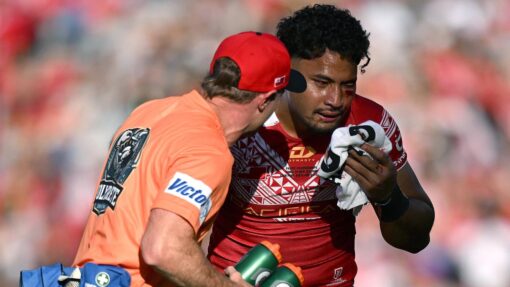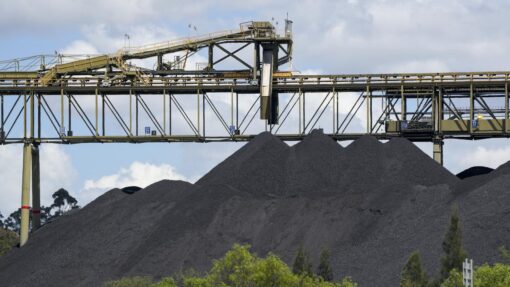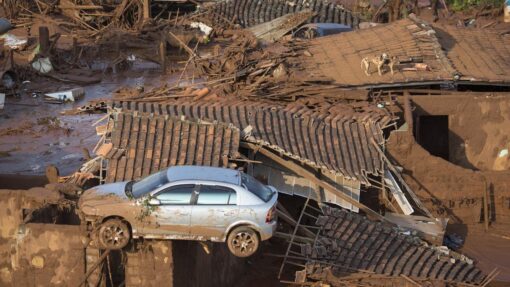Buybacks a key for long-delayed Murray recovery
Tim Dornin |

Buybacks remain the most cost-effective and efficient way to return water to the Murray-Darling river system, the South Australian government says.
Environment and Water Minister Susan Close has welcomed the revised Murray-Darling Basin Plan which will deliver promised environmental flows but over a extended timeframe.
Ms Close said allowing willing water holders to sell water for the environment was an essential tool for delivering on promised returns.
“The 450 gigalitres is the bare minimum we need to ensure the river’s ecology can withstand the next dry spell,” she said.
The timeline to recover that amount has been pushed out until the end of 2027 and water infrastructure projects until the end of 2026, after the initial June 2024 target was likely to be missed.
The new plan – which limits the amount of water extracted from the basin – includes more options and funding to deliver the remaining water, such as through voluntary buybacks.
South Australia’s Commissioner for the River Murray, Richard Beasley, said the agreement was good news for the plan’s integrity and for the environment it was designed to restore and protect.
“The 450 GL for enhanced environmental outcomes has been a long time coming,” he said.
“The new deal puts an end to the unlawful abandonment by prior governments of this part of the plan and provides a real pathway for the recovery of this vital additional water.”
Conservation groups across the basin said the new agreement had the potential to move beyond the unworkable barriers and delay tactics of the past decade.
The NSW Nature Conservation Council said the region’s inland river remained in a state of crisis.
“NSW has had enough fish kills and our wetlands are still recovering from the last savage drought,” campaigner Mel Gray said.
“Only real water will get the rivers through the next drought.”
Queensland Conservation Council policy officer Nigel Parratt said the agreement should just be a starting point and called for federal government assurances that there would be no more delays.
Environment Victoria Chief Executive Jono La Nauze said it wasn’t surprising Victoria had been left out of the deal with its previous opposition to buybacks.
“The water recovery targets in the basin plan aren’t about restoring a pristine environment but simply giving the river a bare minimum for survival,” he said.
“By not signing up, the Victorian government is saying they don’t support keeping Australia’s most important river system alive.”
Federal Environment Minister Tanya Plibersek said the consequences of not getting the basin plan right were dire.
“We know the psychological, the social toll it took. We had towns that had bone-dry river beds for over 400 days during the last drought,” she told ABC radio.
“We need to get it right for the sake of our environment and sake of our communities and we’ve left it way too late under the previous government.”
AAP


